The world’s end may not arrive in December 2012 after all. An archeology expedition led by Boston University researchers and students gives insight into recently discovery Mayan calendars.
The Xultun lunar calendar, roughly five centuries older than previously discovered Mayan calendars, was recently discovered, according to a Science Magazine report released Thursday. The calendar debunks the prediction of an apocalypse in December.
A team of BU researchers and students confirmed these findings during an archeology expedition in northeast Guatemala. The research team, which was studying the ancient Mayan ruins, uncovered a well-preserved room containing vivid murals and a ninth-century Mayan lunar calendar, the oldest evidence of precise astronomical measurements among the Mayans.
The Xultun mural is significant because of its old age and astronomical precision, according to Science. However, the mural is important for a number of other reasons.
First, it raises questions as to why scribes began to write on walls instead of in books. One theory, according to the release in Science, is that the tiny room where it was found may have been an “office” dedicated to the practices of Mayan scribes. The room, which is located along the outskirts of the Maya site, may have been a meeting place for these scribes to complete their work.
William Saturno, one of the lead researchers of the expeditions and an assistant professor of archaeology at BU, has come up with another theory.
“I don’t know for certain as to why [the calendar] is there,” Saturno said in a phone interview, “but I think it was probably copied to the wall as a matter of reference.”
He believes Mayan scribes created these murals out of convenience. Rather than constantly opening and closing books, scribes copied important information to the walls to have it handy.
THE MAYANS: LIFE PAST 2012
Aside from detailed symbols and pictures, the mural contains another set of numbers that weakens pop-culture’s interpretation of the Mayan’s supposed 2012 “end of the world” prediction.
The Mayans, whose lives revolved around a multi-faceted calendar system, measured time through a variety of cycles, including a 144,000-day one called a “baktun.” It was once believed that the Mayans predicted the world’s end with the conclusion of the 13th baktun, which falls at the end of December 2012.
However, Mayan experts have dismissed this apocalyptic interpretation, explaining that the conclusion of baktuns mark the end of current cycles and the emergence of new ones. This new find at Xultun further reinforces that the Maya’s conception of time was not finite—the new calendar extends 17 baktuns, about 2,000 years past 2012.
“I never bought into any of the end of the world predictions and never really know what I should trust,” said Jeanine Ilacqua, a sophomore in the College of Communication.
Ilacqua said she feels this discovery will ease the concerns of “dooms-dayers” who believe the world will end in December of this year, she said. “It does bring a new perspective to be considered.”
WHAT THE TABLES REVEAL
While researchers, such as Saturno, are still trying to answer the many questions created by the Xultun find, they said the murals suggest scribes had sophisticated knowledge of astronomy and mathematics as early as the eighth century.
“It’s really our first glimpse at what the scientific process in this century is like,” Saturno said.
“We never got to see what scientists, mathematicians and astronomers in the eighth century in the New World were doing. This is what they’re writing and thinking about. I think that’s pretty cool.”
In an attempt to answer some questions about the Mayan at Xultun, researchers are now analyzing the Xultun tables by comparing them to other Mayan monuments at different sites. They are hoping to understand if mathematical concepts, astronomical understanding and calendars were centralized or if they were discovered independently in the different regions of the Mayan empire.
CORRECTION: This article originally cited an anecdote from a BU student on the expedition in northeast Guatemala. The information, however, was taken from a news story published by The Boston Globe without proper attribution. Additionally, the article originally stated the Xultun lunar calendar predicted an apocalypse in December, but the discovery debunks that theory.

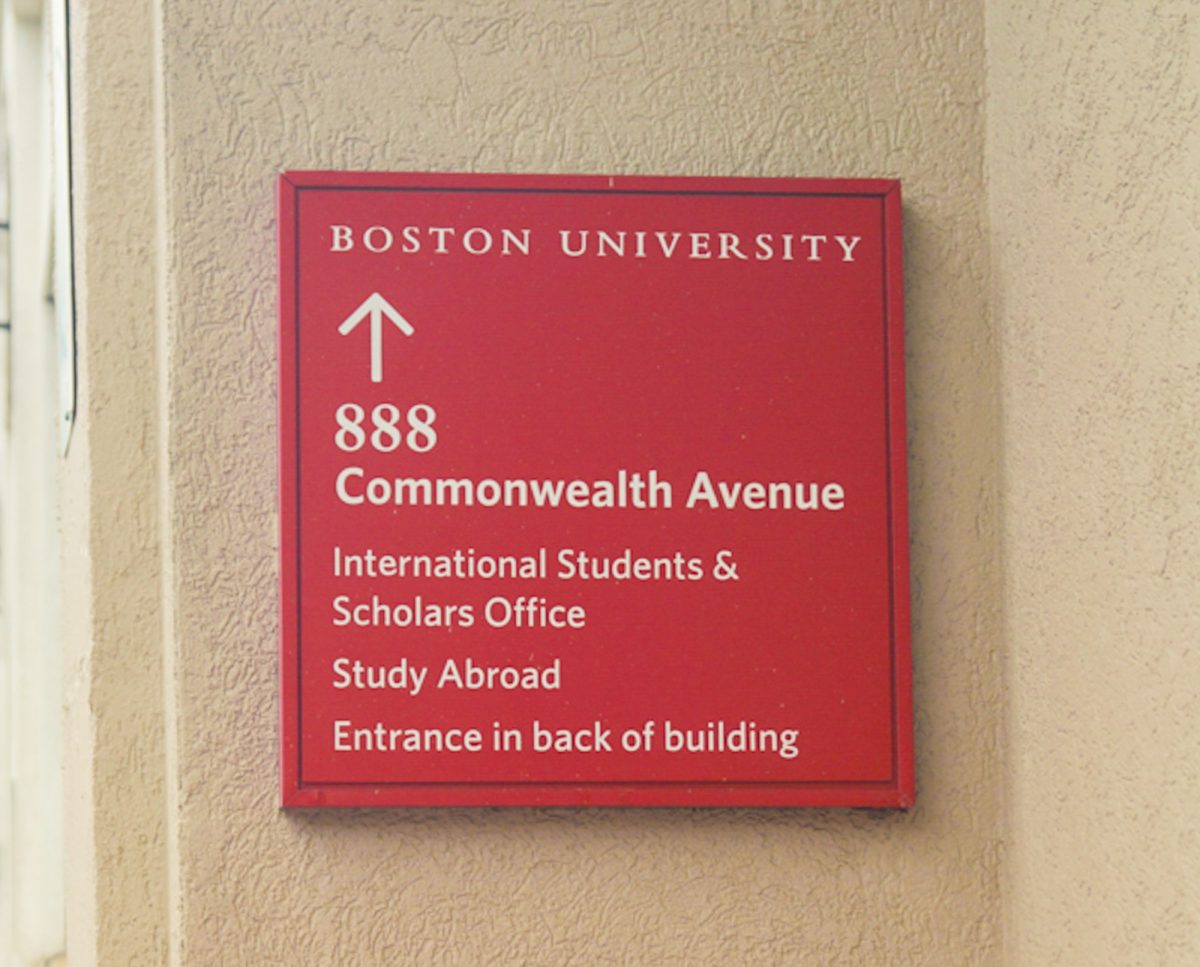
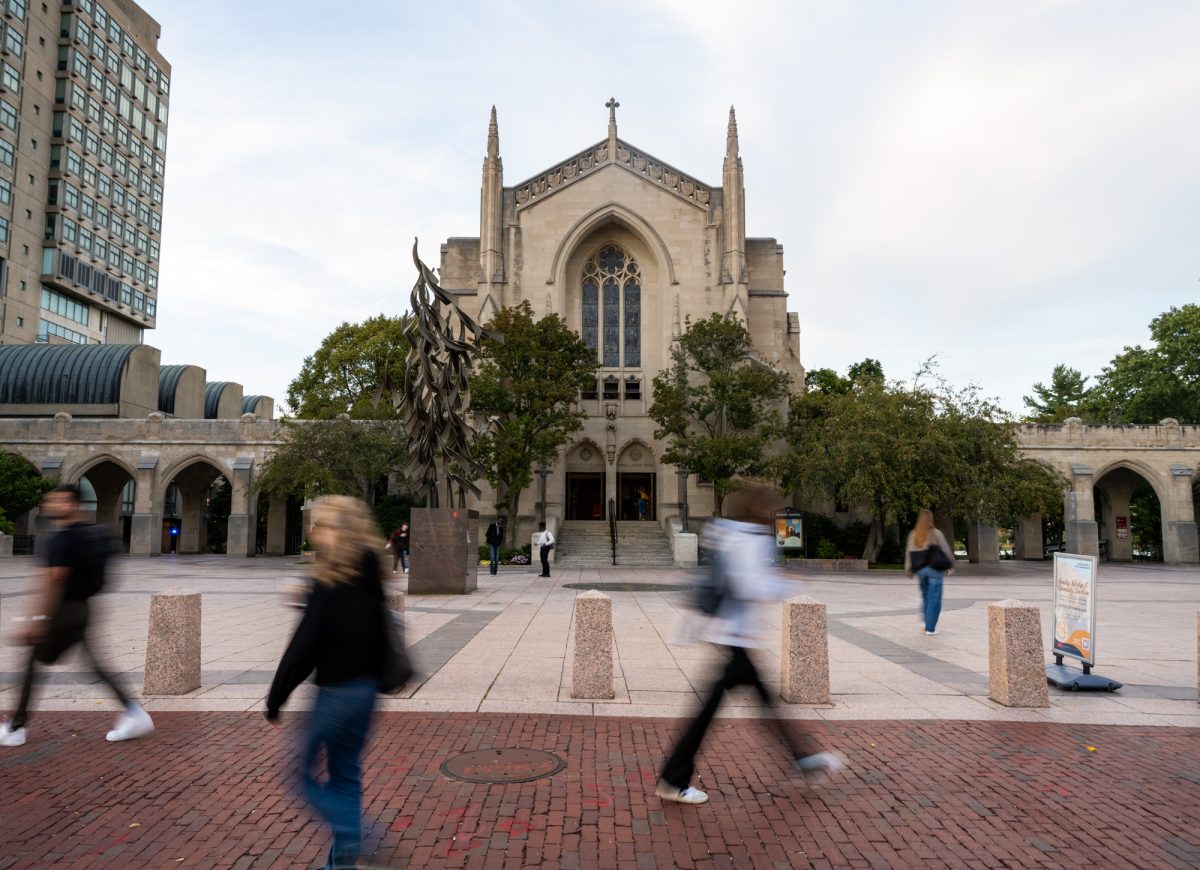



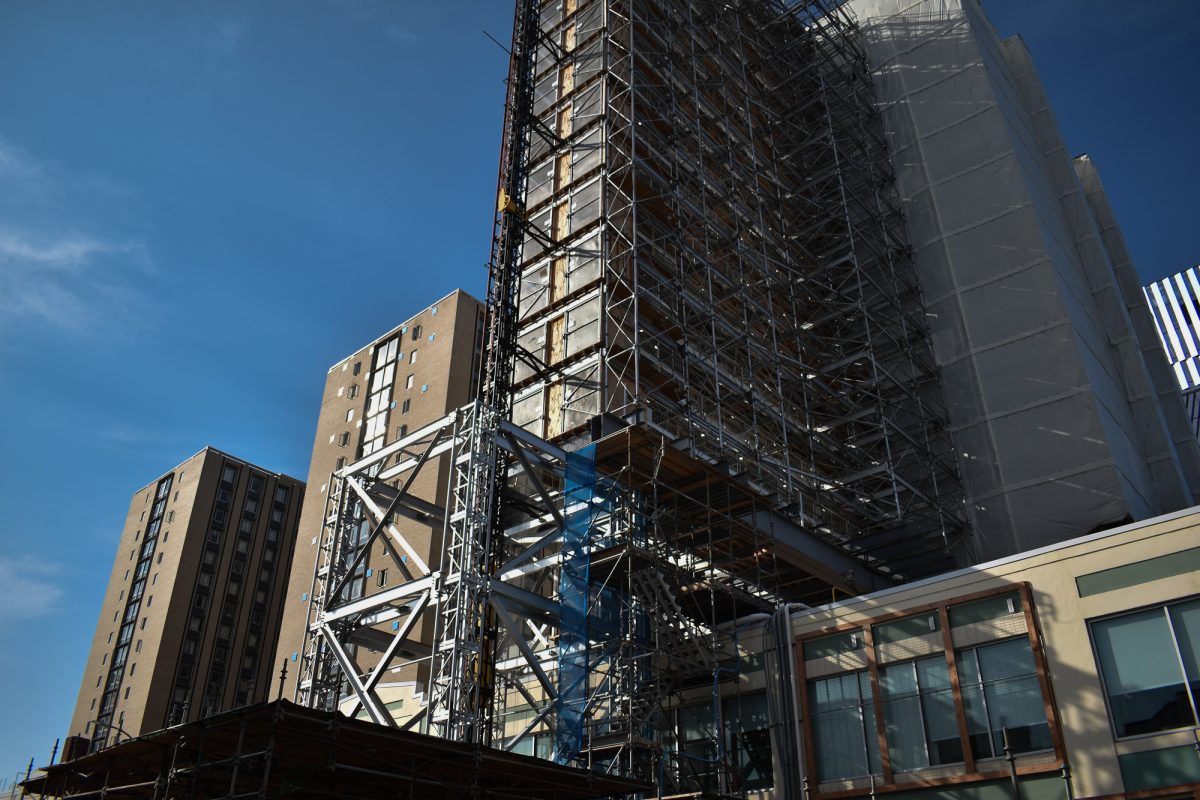


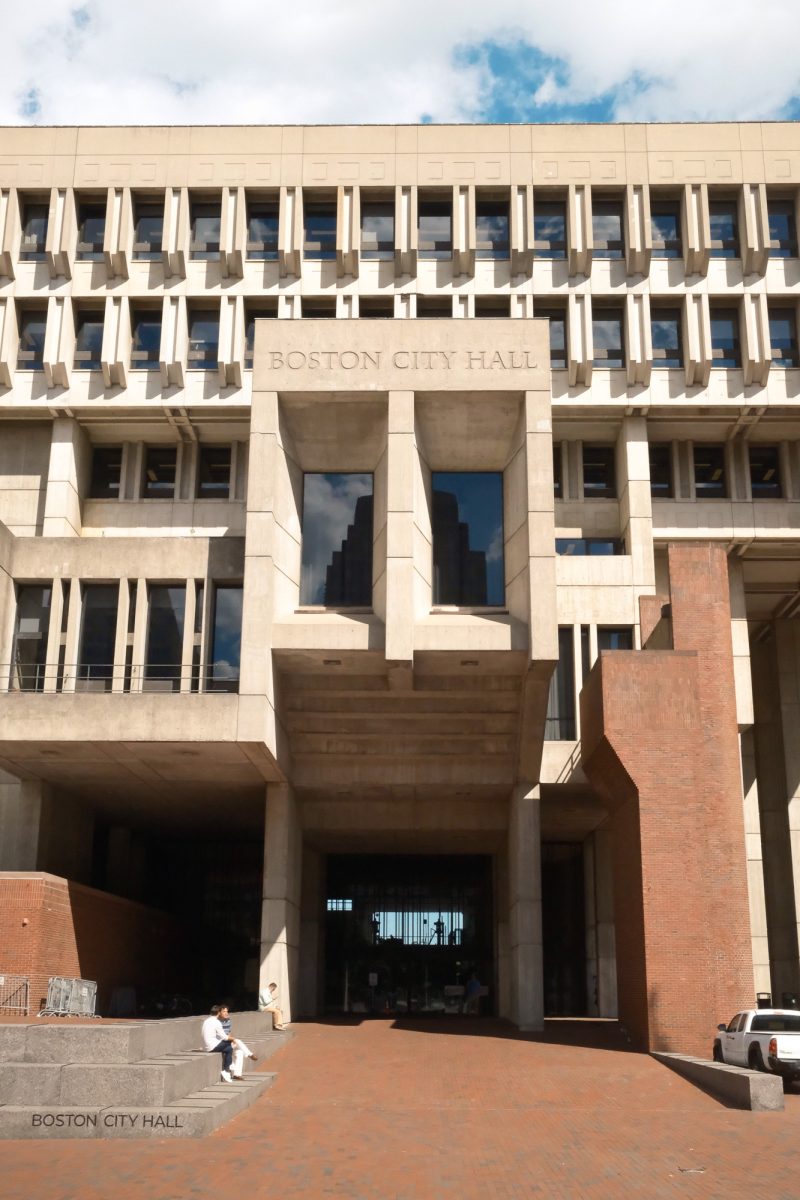




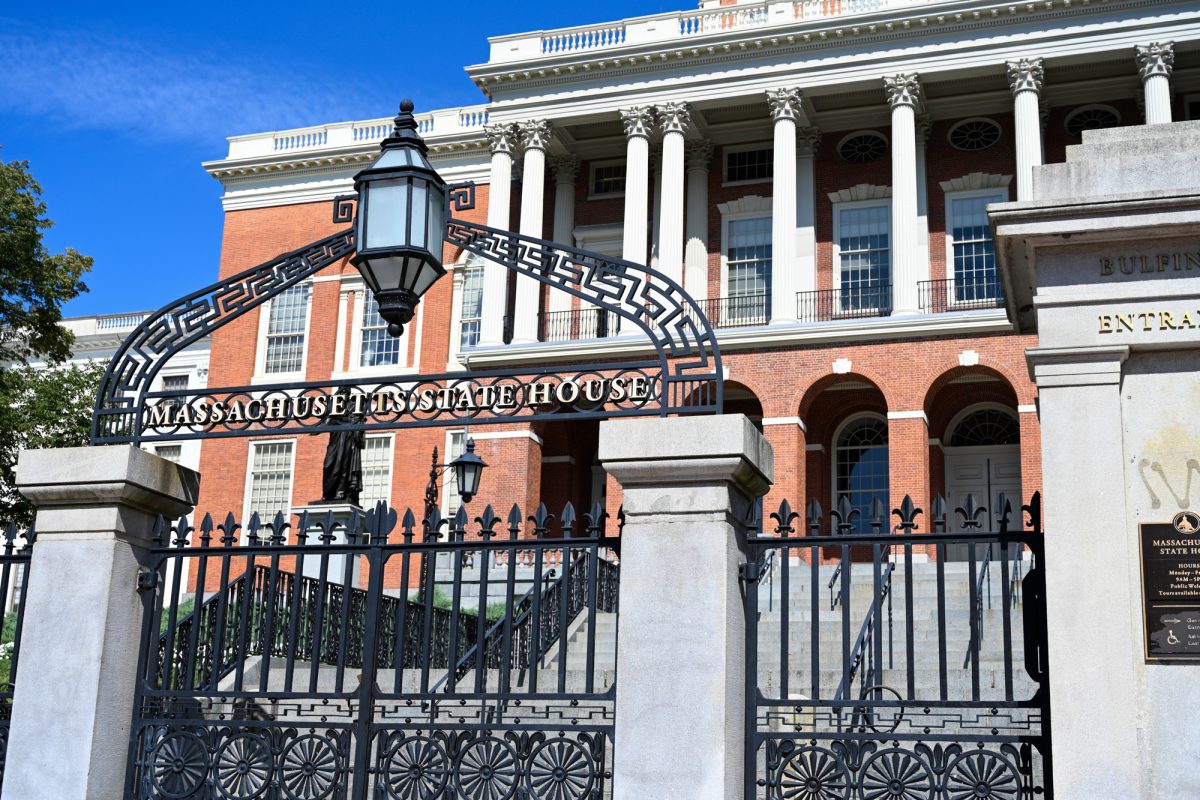







































































































Solar Storms • Oct 8, 2012 at 7:53 pm
Except that NASA has issued a Warning because there is a solar storm coming at the end of the year that could leave the entire United States, as well as other countries, without power for months, and even years. The solar flares, as well as the radiation alone, could kill us. Let alone going that long without power. Other 3rd world countries will survive just fine on their on but for a country like ours, The United States, we won’t survive as well. For me, I’ve never been raised on a farm. I go to the grocery store to buy my food. What about you??
that guy • Nov 22, 2012 at 11:12 am
Well if you look up on youtube why the world won’t end in 2012 and go to the NASA video they actually say the sun is in a rather calm of a solar storm and it won’t hit its peak until about mid 2013.
Not trying to be that guy but….
http://www.youtube.com/watch?v=67mrbl71-n0
idk • Jun 15, 2012 at 7:39 pm
LIES! DOOMAS DAYAS IS A HERE